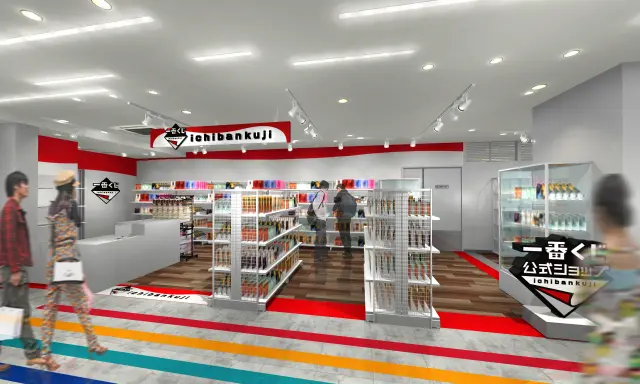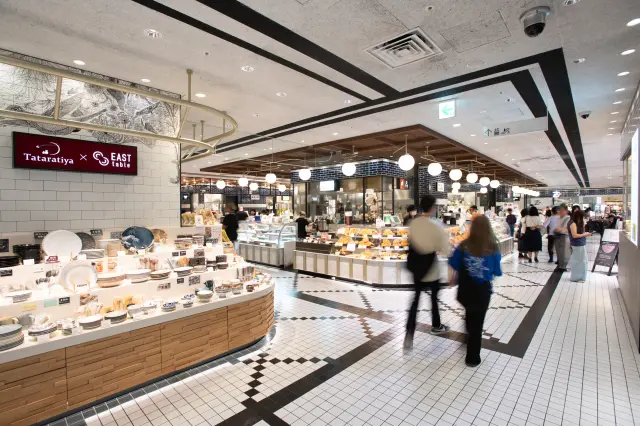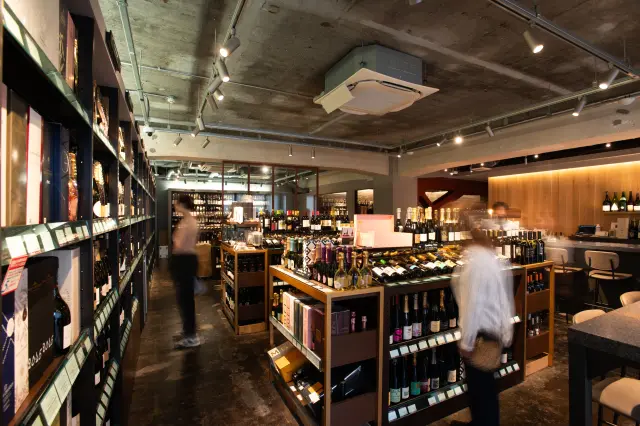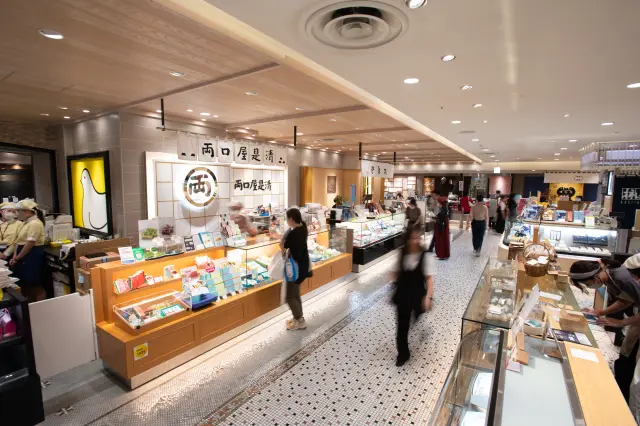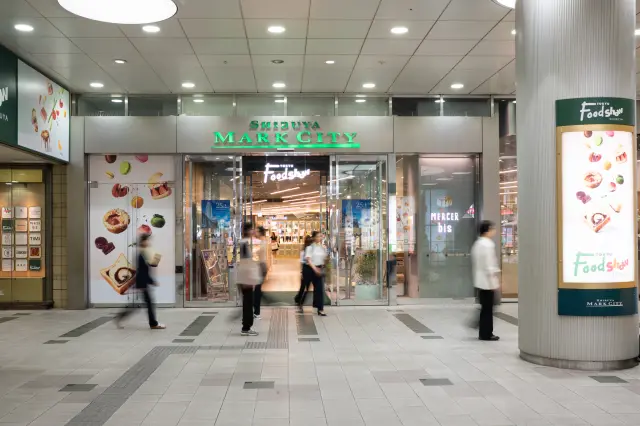
Verified [Verified] denotes information that has been published with confirmation of its owing parties.
The Japan Folk Crafts Museum
Introducing the beauty of "Mingei" items, used in everyday life.
The Japan Folk Crafts Museum was established in 1936 by the philosopher Yanagi Muneyoshi to showcase the beauty of Mingei, which are crafts made by anonymous artisans and used in daily life.
The museum houses about 17,000 items, including pottery, textiles, lacquerware, and paintings, spanning both ancient and modern times and from both the East and the West. Among the collection are works by renowned craft artists like Kanjiro Kawai and Shiko Munakata, as well as crafts from the Korean Dynasty, numerous Otsu-e paintings, and the Important Cultural Property, the E-Karatsu pot.
The museum rotates its exhibits a few times a year, with around 500 items on display at any time. The main building, which incorporates Western architectural elements into its Japanese design, and the stone wall facing the street are designated Tokyo Metropolitan Tangible Cultural Properties. The collection is as noteworthy as the building itself.
The West Building, located across the street from the main building, was the residence of Yanagi Muneyoshi. It consists of a Nagaya-mon (long house gate) relocated from a wealthy farmhouse in Tochigi and a newly constructed main house. The Yanagi residence is open to the public about four times a month for limited viewing.
Highlights
-
A museum dedicated to everyday crafts.
-
Houses around 17,000 craft items including pottery, textiles, and lacquerware.
-
Contains works by famous craft artists like Kanjiro Kawai and Shiko Munakata.
-
The main building's architecture, a Tokyo Metropolitan Tangible Cultural Property, is also a highlight.
-
The West Building, the former residence of Yanagi Muneyoshi, has limited public openings.
Photos
-

The main building and stone wall are designated national cultural properties.
-

The entrance welcomes visitors with Oya stone flooring.
-

The large exhibition room used for special exhibitions.
-

The open atrium corridor.
-

The West Building, located opposite the main building.
Official FAQs
Frequently Asked Questions have been vetted and answered directly by each listing.
Q
Do you have foreign language support? (If it is available, what language is available?)
Foreign language support available
Q
Is it possible to re-enter the premises?
Re-entry is not allowed.
Q
Is free Wi-Fi available in the area?
No free Wi-Fi available.
Q
Are there any discounted tickets available?
No.
Reviews
Details
- Name in Japanese
- 日本民藝館
- Postal Code
- 153-0041
- Address
- 4-3-33 Komaba, Meguro-ku, Tokyo
- Telephone
- 03-3467-4527
- Closed
- Mondays(If it is a national holiday, the next day is closed), During periods of exhibition change-over, New Year’s holiday period and Temporary closure
- Business Hours
- 10:00am - 5:00pm(Admission allowed until 4:30pm)
- Admission
- Adults 1,500 yen, High & University Students 800 yen, Junior High School & Under Free
- Access
-
(1) 7-minute walk from the West Exit of Komaba-Todaimae Station on the Keio Inokashira Line
(2) 15-minute walk from the East Exit of Higashi-Kitazawa Station on the Odakyu Line - Credit Cards
- Accepted
- Official Website
- Official Website (English)
Check also...
Please cooperate with this survey.
Thank you for your cooperation with the survey.
Recommended for you
-
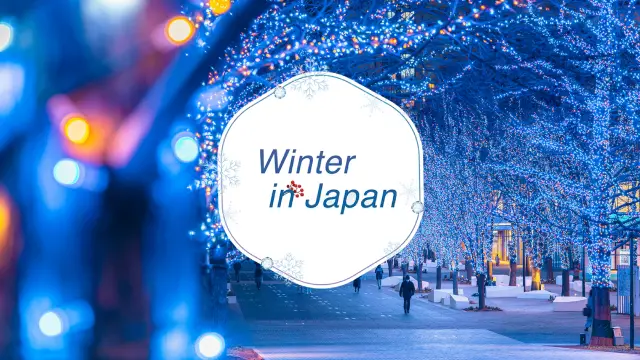
Winter in Japan 2025
-
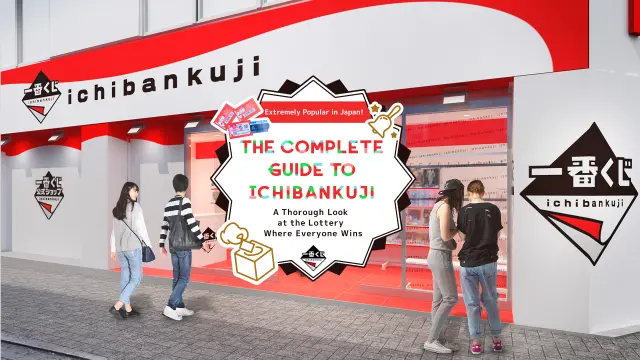
The Complete Guide to Ichibankuji
-

Top Recs for Niche Travel in Japan
-

Mt.TAKAO+one
-

Prince Snow Resorts Feature
-
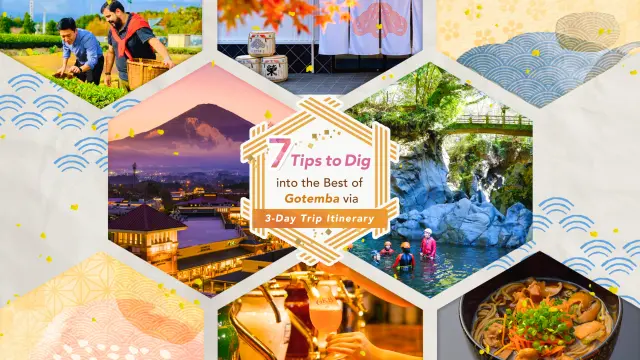
7 Tips to Dig into the Best of Gotemba
-

Unique Experience in Kansai
-

The Best of NIPPON47
-

Kansai’s Hot Springs
-

A Guided of Bridge Connecting Honshu and Shikoku
-

Kagoshima Responsible Tourism
-

Exceptional Japan Finds






